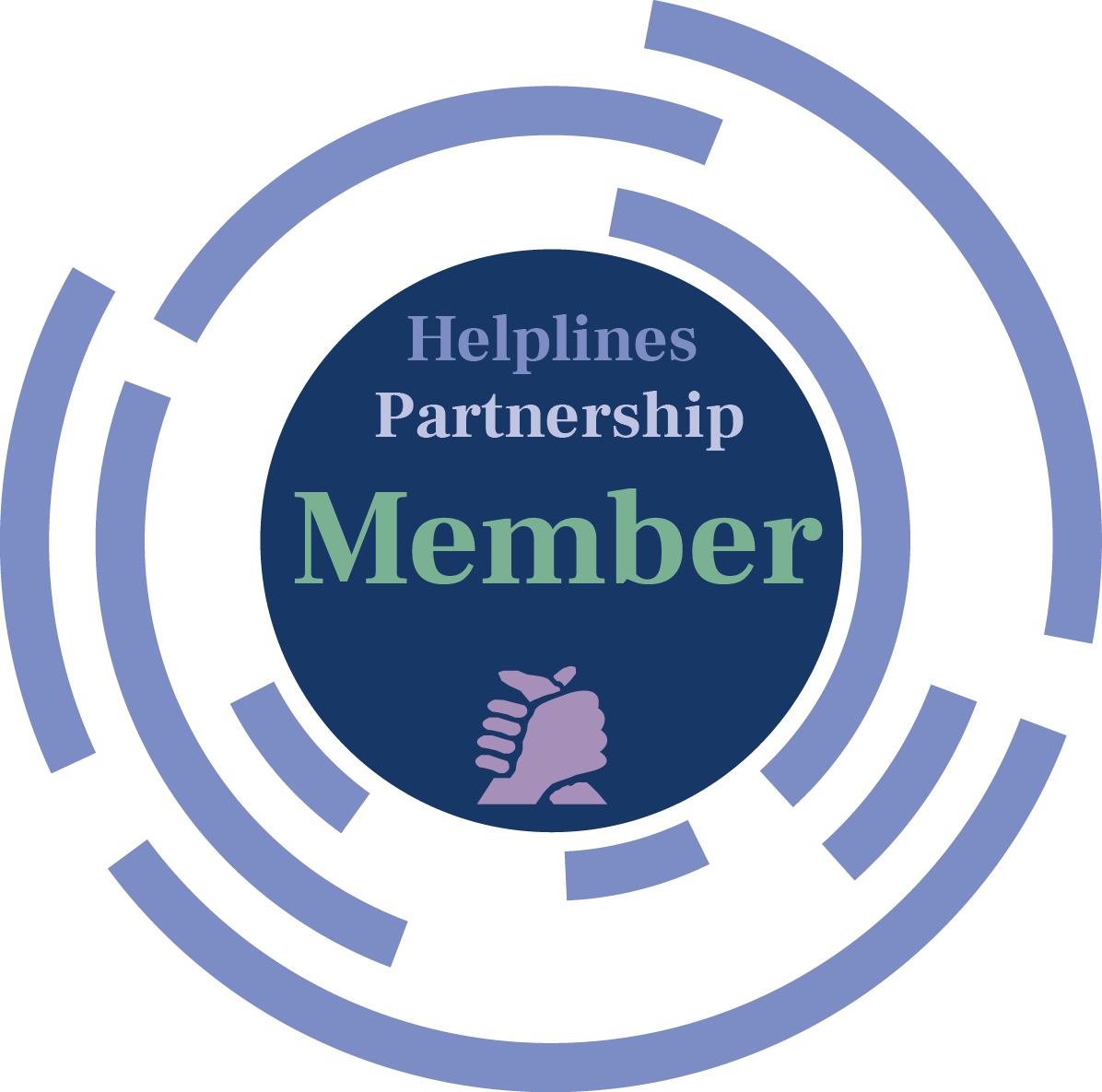
The safest place for baby to sleep is in the same room as you for the first six months for all sleeps, day and night.

Safer sleep advice for expectant parents
Whether you plan to room share, co-sleep, or don’t have a clue, this page will help you create a safer sleep routine from the moment you bring your baby home.
Safer sleep for babies is important as it can reduce the risk of sudden infant death syndrome (SIDS) from occurring. Commonly known as ‘cot death’, it is thankfully rare due to the adoption of safer sleep practices such as placing baby on their back for every sleep. When combined and followed consistently for every sleep, the steps below help to reduce the risk of SIDS, making a safer sleeping environment for baby, and giving you peace of mind.
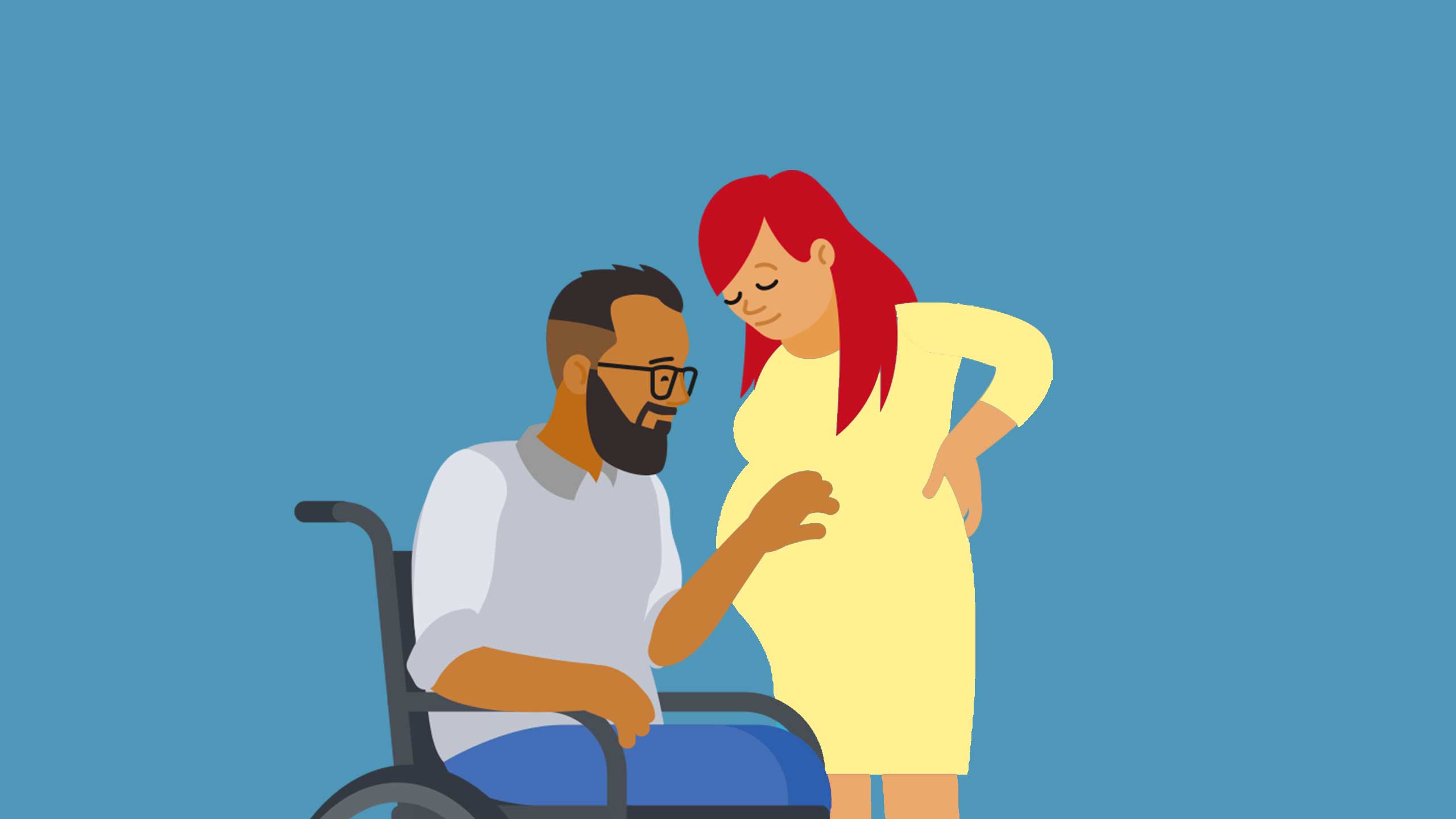

The safest place for baby to sleep is in the same room as you for the first six months for all sleeps, day and night.

Research from across Europe found that the risk of SIDS was significantly reduced when your baby sleeps in the same room, but not the same bed, as you. After the first six months it’s up to you whether you move baby into another room.

This doesn’t mean you can’t leave the room to make a cuppa or go to the loo, but for most of the time when your baby is sleeping they are safest if you’re nearby. When you do leave the room, keep the door open.

When choosing where in the room your baby should sleep, keep them away from a radiator or direct sunlight to stop them overheating. Overheating is a risk factor that can increase the chance of SIDS.

Make sure the room is smoke free. If you or your partner smokes, now might be the time to consider quitting or changing your smoking habits. Smoking in pregnancy can increase the risk of SIDS and exposure to smoke after birth may harm your baby.

Worried you don’t have enough room? You may need to consider moving some furniture around. Keep in mind this will only be until your baby is ready to move into their own room. If you cannot fit a cot, a Moses basket can be placed in most living situations. Learn more by scrolling to the What will my baby sleep in? section

Some people choose to share a bed with their baby - this is known as co-sleeping. Some families can’t afford to buy a separate sleep space and have no choice but to co-sleep. Regardless of your situation, if you do co-sleep, there are a few things to keep in mind:
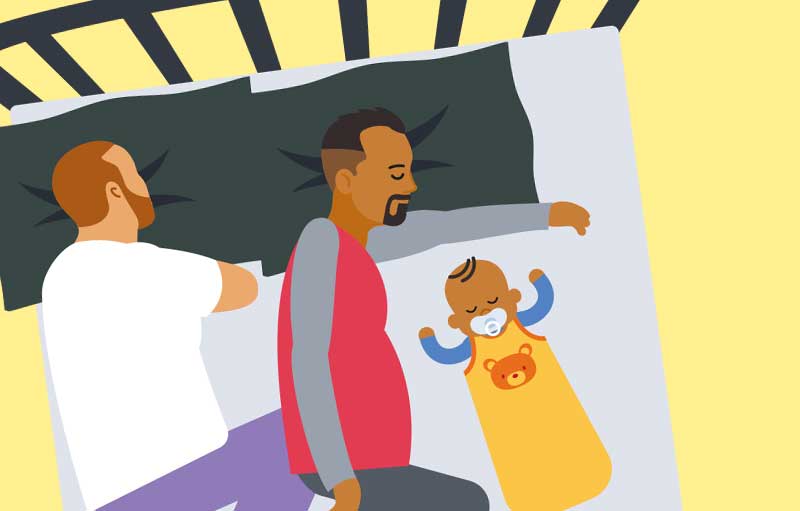
When co-sleeping, you’ll need to keep all adult bedding away from your baby as these items could obstruct your baby’s breathing or cause them to overheat. A high proportion of infants who die as a result of SIDS are found with their head covered by loose bedding.

Only co-sleep in bed. If you co-sleep with a baby on a sofa or armchair you increase the risk of SIDS by 50 times. Click the image above to read more about when not to co-sleep.

With so many products on the market, it can be overwhelming to know what to buy for your baby. However, you don’t need to buy lots of products or spend more on expensive things. There are just a few essentials we recommend you buy.

All babies should be given a clear, safe sleep space in the same room as you. For most babies, a clear sleep space will be a cot or Moses basket which are designed to be safe for babies to sleep in.
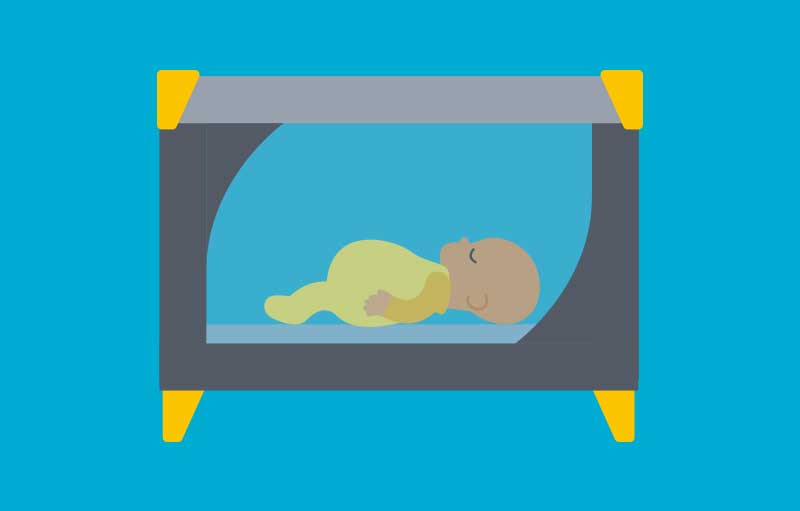
If you don’t have space for a cot, or you want something you can easily move to a different room, a portable sleep space such as a Moses basket, carry cot or travel cot is a handy purchase. If you buy a carry cot, check that it is suitable for overnight sleeping.

The mattress needs to be firm, entirely flat, and waterproof. The surface of the mattress should be firm enough that when your baby is placed on it, their head does not sink in more than a few millimetres. Make sure the mattress is the correct size for your baby’s sleep space.

All your baby needs to sleep in is a firmly tucked in sheet or blanket (not above shoulder height) or a baby sleep bag. Learn more by scrolling to the How will my baby sleep? section.

The ideal temperature of a baby’s room should be 16-20° C. A room thermometer will be helpful in keeping an eye on how hot or cold your baby's room is. Learn more by scrolling to the How will my baby sleep? Section.

Car seats are essential for safety when travelling, but babies should not sleep in a car seat for long periods of time. On longer journeys give your baby regular breaks and if possible have an adult sit with the baby in the back of the car, or use a mirror so you are able to keep an eye on them. Click to learn more about car seats.
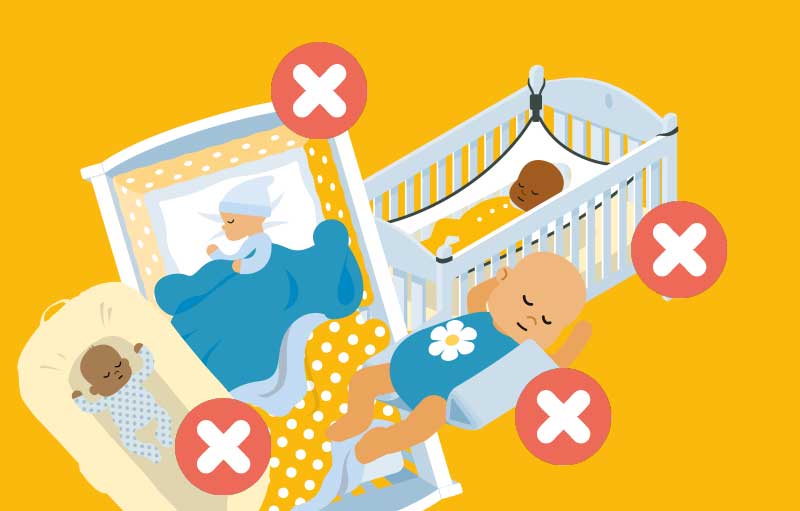
Unfortunately not all products on the high street comply with safer sleep advice. So, it’s a good idea to familiarise yourself with the items we recommend you DO NOT buy for your baby:
– pods or nests
– pillows, duvets or thick heavy bedding
– cot bumpers
– hammocks
– sleep positioners
Shopping for a baby can be expensive, so don’t forget that second-hand products are always an option. Whether you’re gifted these items from family and friends or shop online, there’s a few things you need to be aware of before you use something pre-owned:
– Make sure you get a hold of the product’s instructions from the manufacturer. Instructions can often be downloaded from the manufacturer’s website.
– Make sure the product meets the relevant British Safety Standard.
– Make sure it’s good condition with no broken parts.
– If you are looking for a second-hand mattress, make sure it has no rips/tears, is still firm and flat and is the appropriate size for your baby’s sleep space. Also, make sure that the mattress has been stored in a clean, dry and smoke-free place and was previously protected by a waterproof cover.
– Do NOT buy second-hand car seats. You might not be able to tell if it’s been in an accident, as some damage might not be visible. Even wear and tear over time could affect the safety of the car seat and it’s ability to protect your baby.
Download our free Product Guide to learn more.





Place baby with their feet at the foot of their cot or Moses basket, this will prevent them from wriggling down under their bedding.

Speaking of blankets - firmly tucked in sheets and blankets (not above shoulder height) or a baby sleep bag are safe for a baby to sleep in.

It is important to make sure that your baby’s room is a comfortable temperature – not too hot or too cold. The chance of SIDS is higher in babies who get too hot, so try to keep the room temperature between 16 -20°C

There’s no getting around the fact that having a new baby means you won’t be getting hours of uninterrupted sleep. Sleep deprivation in the early days can be really hard but it doesn’t last and things will improve.
New babies wake around every 2 hours to feed. As they grow they will be able to go for longer stretches. Every baby is different though so there is no normal pattern and it can be unhelpful to compare yourself to others.
As tempting as it might be to try anything that might encourage your baby to sleep for longer it is really important to follow the ABCs of safer sleep for every sleep to reduce the risk of SIDS. Always sleep your baby on their back in a clear cot or sleep space.

